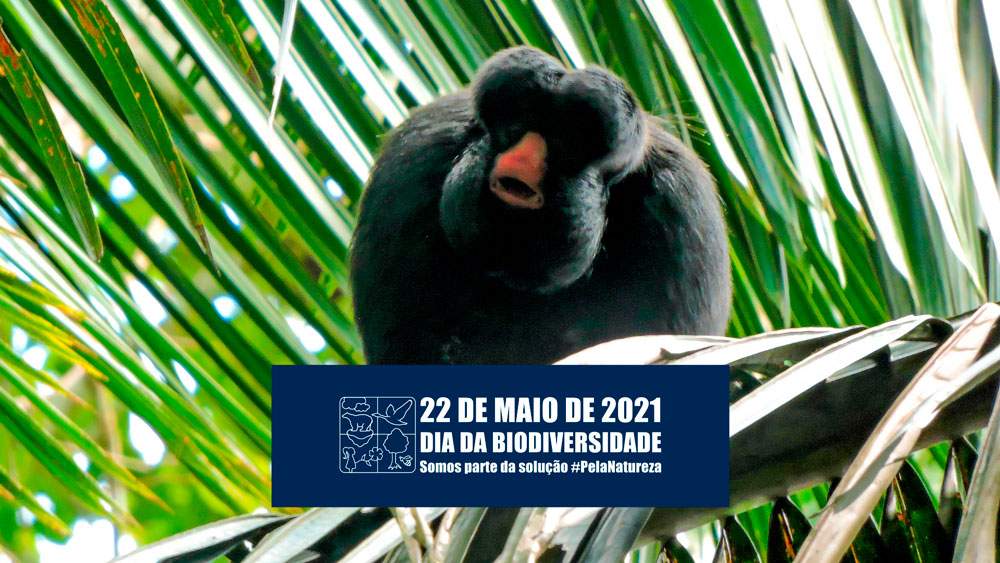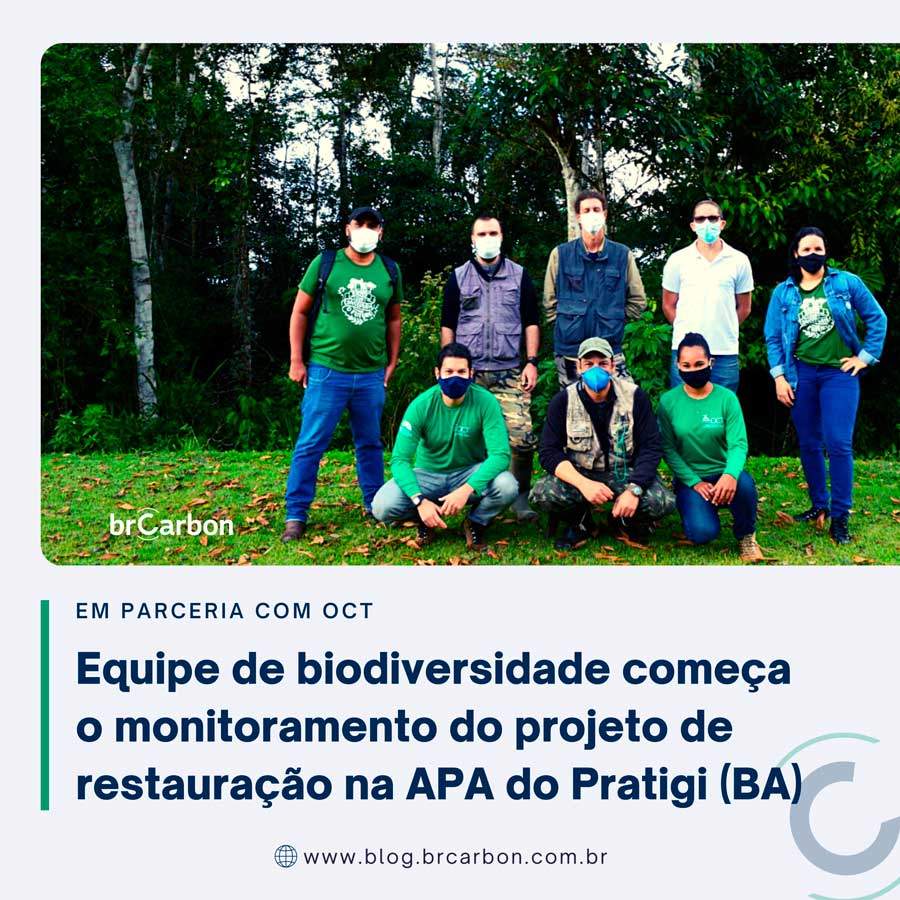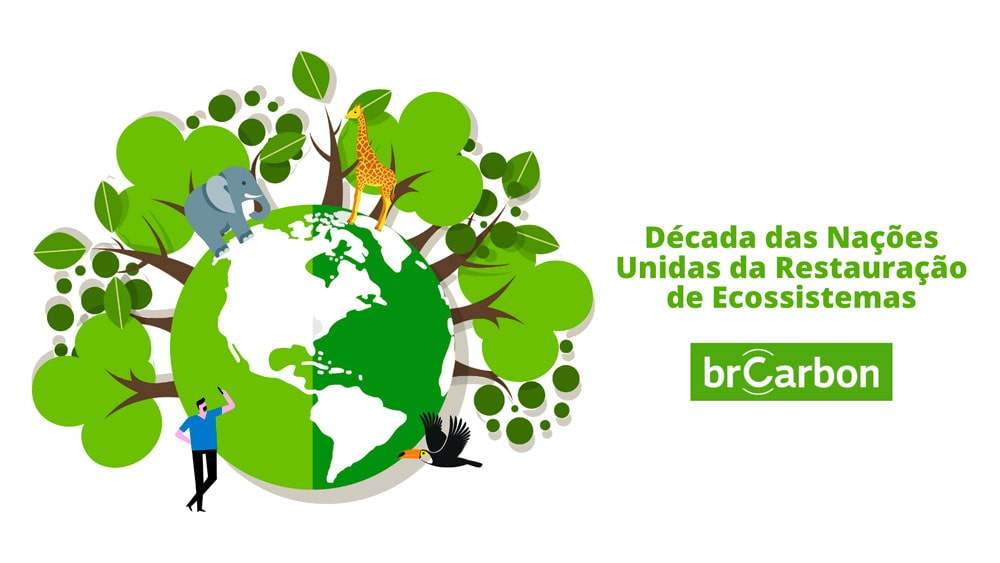May 22 is International Biodiversity Day. For this year, the United Nations has defined the slogan “We are part of the solution”. It is clearly a continuation of the theme adopted in 2020, “Our solutions are in nature”. According to UN Secretary General António Guterres, if working together the world can avoid the worst impacts of climate change and use the recovery from the Covid-19 pandemic to guide a cleaner and greener path.
The United Nations Environment Program (UNEP) says that forest restoration and ecosystem services can account for up to a third of the slowdown needed to keep global warming below 2°C. Furthermore, ecosystem services tend to be much cheaper than technological innovations and complex engineering works.
The ecosystems themselves are able to act in the purification of air and water; in the regulation of water cycles; in the control of erosion and floods, pests and diseases; and in climate regulation, among many other benefits for the quality of life and well-being of human beings. And we can contribute with environmental services, actions that favor the improvement of ecosystems, combining conservation with economic development.
That’s why this year’s slogan reminds us that humanity and nature are interdependent and intimately connected. Biodiversity is the answer to several sustainable development challenges, and it is up to humans to conserve and value it as the basis of a new economic model.
According to UNEP, since 1990, the Earth has lost nearly 30 million hectares of forests. One million species of plants and animals are at risk of extinction and over 90% of the marine fish population is in decline or overexploited.
In Brazil, according to a sample study by the IBGE, around 20% of plant and animal species are threatened, at least 10 are extinct and one survives only in captivity. Among the biomes, the Atlantic Forest is the most affected, with 25% of species under threat; followed by the Cerrado, with 19.7%. Not by chance, the two Brazilian hotspots.
Climate change could cause even more significant losses of biodiversity by the end of the century. Therefore, it is necessary to act quickly to reverse this trend, eliminating practices that are harmful to the environment and adopting a sustainable production and consumption model.
The red-nosed coxtail (Chiropotes albinasus) is an endemic species in the Amazon, which is on the list of threatened species in Brazil, and was spotted in the fauna assessment and monitoring in one of our forest conservation projects. The Climate, Community and Biodiversity (CCB) standard identifies land use management projects that provide net positive benefits in climate change mitigation and adaptation for local communities and biodiversity.
The evaluation of the ecosystem to define the state of conservation, the monitoring of the indicators found, analyzing the impact and possible threats, is part of the protocol of actions for the implementation and development of carbon projects. “It is the first step in the management and conservation of ecosystems and, therefore, in improving the quality of ecosystem services that are provided to us”, explains Yohana Mello, analyst at BRCarbon.
Sources:
International Day for Biological Diversity: We’re part of the #ForNature solution.
International Biodiversity Day highlights nature as a source of solutions
International Biodiversity Day – United Nations – UN Portugal
World reaches target for protected areas, but conservation quality must improve
UN cites a forestry project in Portugal as an example of forest conservation
Guterres warns the world “on the brink” and asks for commitments until December
Environmental services – Wikipedia, the free encyclopedia
About the topic – Embrapa Portal
Ecosystem services — Portuguese (Brazil)
IBGE: Brazil has 3,299 species of threatened animals and plants


